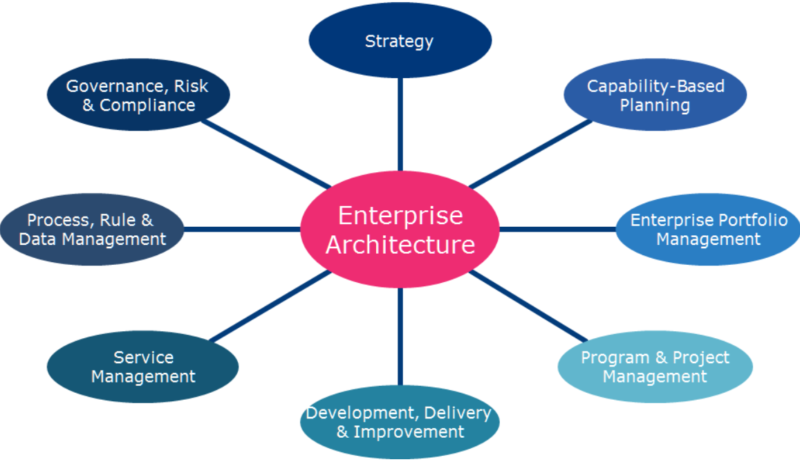In a recent article by McKinsey, they eloquently argued the importance of enterprise architecture for digital transformations. But they also provide some important criticism of the state of practice. To be really effective at supporting digital transformations, many enterprise architecture practices need to change their behavior.
Some EA practices are concerned first and foremost with documenting the current state of the enterprise in detail. Often this is the result of the risk-averse and bureaucratic culture we encounter in many large, IT-intensive organizations. This kind of bookkeeping will never be complete, given the increasing pace of change organizations have to deal with. Of course, there is value in having a sufficiently accurate view of the business processes, applications and infrastructure of an organization. You need enough insight to keep these complicated environments running, and on to aid the enterprise architects and others who design the future direction of the enterprise.
But key to a successful EA practice is a focus on change. On the one hand, this requires rapid, iterative development and realization of processes with feedback loops to design, implement and measure enterprise-wide change. Classical, feed-forward, waterfall-like approaches simply won’t work in today’s volatile business environment. Using agile practices is an important way to foster this focus on change. On the other hand, EA products need to realize organizational and technical systems that are easy to reconfigure, adapt and extend when the need arises.
Together, such agile processes and agile systems create a foundation for the adaptive enterprise: using your ability to change as an essential part of your strategy, outmaneuvering competitors with shorter time-to-market, smarter partnering strategies, lower development costs and higher customer satisfaction.
This focus on change involves all disciplines contributing to business transformation. Successful enterprises manage their transformations from an integral perspective in which EA is a key player, strongly interlinked with other fields. The difficulties many organizations have with strategy execution show that this is not a sinecure.
A number of important connections between EA and other disciplines help in putting the architecture to work in effecting business change with a holistic perspective:
In all of these areas, EA functions as an ‘enterprise knowledge hub’, integrating and sharing information on various structures across the enterprise and the business transformation value chain. It provides you with relevant input for prioritizing and planning transformations. It gives you program-level coordination across value streams to realize these changes in a coherent manner. It helps you to track the realization of the expected benefits, and hence to correct your course if necessary.

Enterprise architecture as knowledge hub
At BiZZdesign, we help our clients in establishing such an integrated change capability, supported by our Enterprise Studio software platform. This allows you to collaborate on change and integrate information from various sources and disciplines, providing business leaders, architects, portfolio managers, process analysts, data managers, software developers and many others involved in change with the necessary insights to design the future of their enterprise.